Description
Biocide Additives: Protecting Materials from Microbial Mayhem
In a world teeming with microscopic life, our cherished materials are constantly under attack from unwanted microbial invaders. From the slimy growth on bathroom tiles to the degradation of paint on a weathered fence, microorganisms can wreak havoc on a wide range of surfaces. Thankfully, we have biocide additives, powerful agents that stand guard against these microscopic threats, preserving the integrity and lifespan of countless products.
What are Biocide Additives?
Biocide additives, also known as preservatives or antimicrobial agents, are chemical compounds incorporated into various materials to prevent the growth and proliferation of microorganisms such as bacteria, fungi, algae, and yeast. They work by disrupting essential microbial functions, either killing the organisms (biocidal effect) or inhibiting their growth (biostatic effect).
These additives are not a one-size-fits-all solution. They come in a diverse range of chemical compositions, each with its own specific target organisms, mode of action, and level of effectiveness. The selection of the right biocide additive depends on several factors, including:
- The material being protected: Different materials have varying susceptibility to microbial attack and require specific biocide formulations.
- The target microorganisms: Identifying the primary culprits responsible for degradation is crucial for choosing an effective biocide.
- The application environment: Exposure to moisture, temperature fluctuations, UV radiation, and other environmental factors can influence biocide performance.
- Regulatory requirements: Stringent regulations govern the use of biocides, particularly concerning human and environmental safety.
Where are Biocide Additives Used?
Biocide additives find widespread application across numerous industries, safeguarding products from microbial degradation and extending their service life. Some common examples include:
- Paints and Coatings: Prevents mold, mildew, and algae growth, preserving the aesthetic appeal and protective properties of painted surfaces.
- Plastics: Protects against staining, discoloration, and degradation caused by bacteria and fungi, enhancing the durability of plastic products.
- Adhesives and Sealants: Inhibits microbial growth that can compromise the bonding strength and structural integrity of these materials.
- Textiles: Prevents odor, staining, and fiber degradation caused by bacteria and fungi, improving the hygiene and longevity of fabrics.
- Personal Care Products: Preserves the quality and safety of cosmetics, toiletries, and cleaning products by preventing the proliferation of harmful microorganisms.
- Building Materials: Protects wood, concrete, and other building materials from decay and deterioration caused by fungi and bacteria.
Benefits of Using Biocide Additives:
The integration of biocide additives offers a multitude of benefits, including:
- Extended Product Lifespan: By preventing microbial degradation, biocides significantly prolong the service life of treated materials, reducing the need for frequent replacements.
- Enhanced Aesthetics: Preventing mold, mildew, algae, and other unsightly growth maintains the desired appearance of products and surfaces.
- Improved Hygiene: Biocides contribute to a cleaner and healthier environment by inhibiting the growth of odor-causing and potentially harmful microorganisms.
- Reduced Maintenance Costs: By preventing microbial damage, biocide additives minimize the need for costly repairs and maintenance.
- Preservation of Structural Integrity: Biocides protect the structural integrity of materials, preventing premature failure and ensuring long-term performance.
Challenges and Considerations:
While biocide additives offer significant advantages, it’s crucial to address potential challenges and ensure responsible use:
- Environmental Impact: Some biocides can have adverse effects on aquatic ecosystems and non-target organisms. Therefore, selecting environmentally friendly alternatives and adhering to strict application guidelines is essential.
- Human Health Concerns: Certain biocides can pose risks to human health, particularly through skin contact or inhalation. Proper handling procedures and the use of appropriate protective equipment are crucial.
- Microbial Resistance: Overuse or misuse of biocides can lead to the development of resistant strains of microorganisms, rendering the additives ineffective. Implementing biocide rotation strategies and using them judiciously can help mitigate this risk.
- Regulatory Compliance: Navigating the complex web of regulations governing the use of biocides requires careful attention to labeling requirements, application restrictions, and disposal guidelines.
Conclusion:
Biocide additives are indispensable tools for protecting our materials from the relentless assault of microorganisms. By understanding their diverse applications, benefits, and limitations, we can harness their power to create more durable, hygienic, and sustainable products. However, responsible use, careful selection, and adherence to regulatory guidelines are paramount to ensure the safety of human health and the environment, while maximizing the effectiveness of these valuable additives. Future innovations in biocide technology will likely focus on developing more environmentally friendly, sustainable, and target-specific solutions to meet the ever-evolving challenges of microbial control.

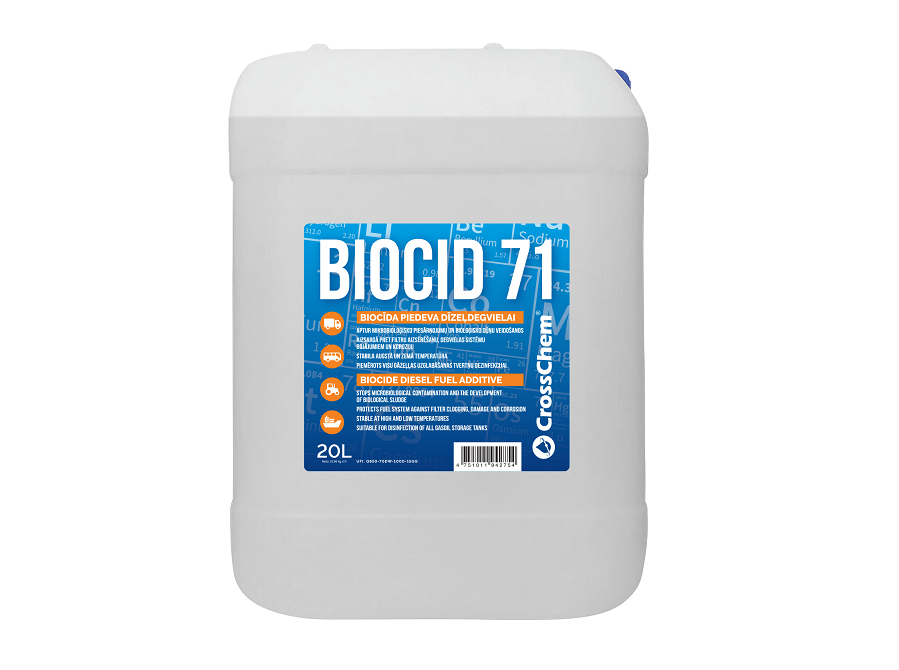
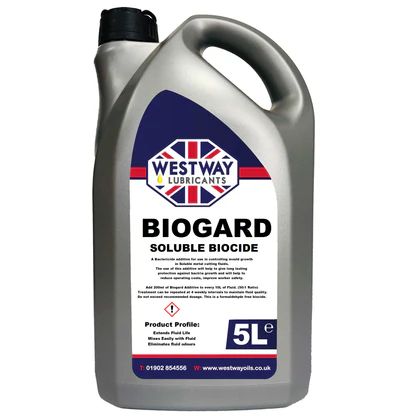


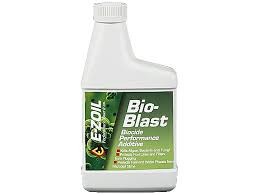
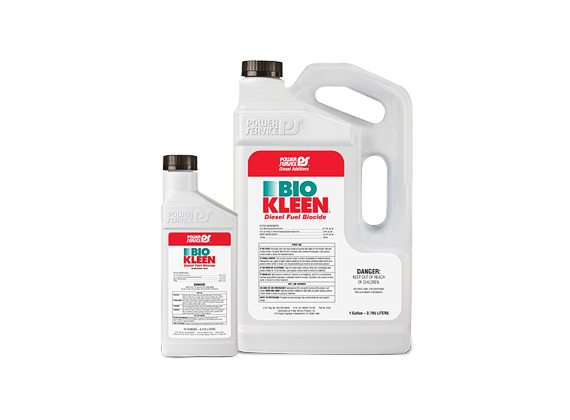


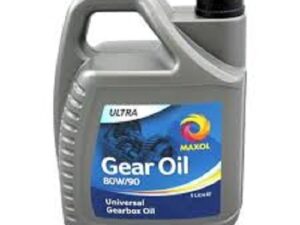
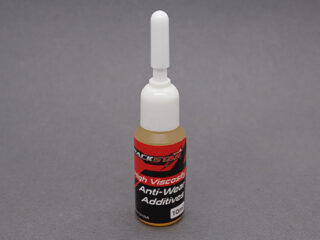
Reviews
There are no reviews yet.